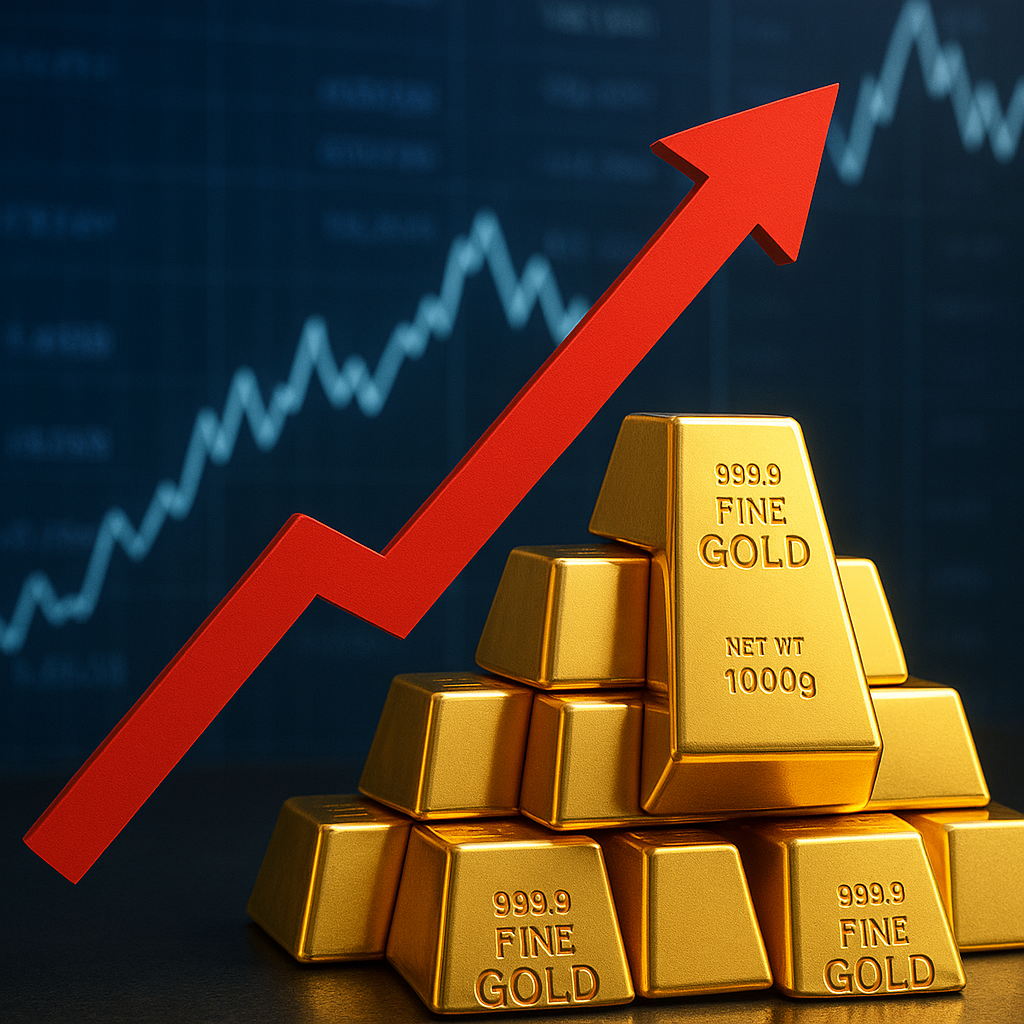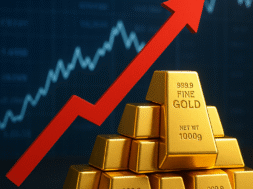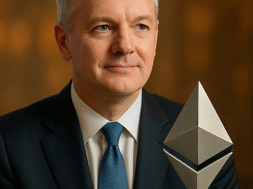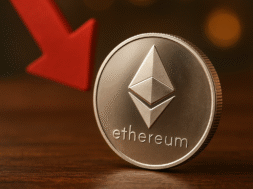
Gold prices bounced back from earlier lows, stabilizing as U.S. inflation data showed steady upward pressure on consumer costs. According to the Bureau of Labor Statistics, the Consumer Price Index (CPI) climbed 0.2% in July, following June’s 0.3% rise—right in line with forecasts.
Over the past year, headline inflation increased 2.7%, just under the expected 2.8%. Core inflation, which excludes food and energy, advanced 0.3% in July, matching June’s pace. On an annual basis, core prices rose 3.1%, slightly above the 3.0% economists anticipated, signaling that higher costs are becoming more deeply rooted across the economy.
The report pointed to broad price gains in categories such as healthcare, airline fares, recreation, household goods, and used cars. Shelter costs, up 0.2% last month, remained a major driver of inflation. On the brighter side, energy prices offered some relief, with the overall energy index down 1.1% in July and gasoline dropping 2.2%. Despite this, food prices rose 2.9% over the year.
Spot gold was last seen trading around $3,344.10 per ounce, showing resilience despite the inflation uptick. Typically, higher inflation could pressure gold due to expectations of tighter monetary policy, but weak labor market data is fueling market bets that the Federal Reserve may still cut rates in September.
Analysts argue that the mix of stubborn inflation and lower rates is creating a supportive backdrop for the precious metal, as reduced real yields make non-yielding assets like gold more attractive.
Larry Tentarelli, Chief Technical Strategist at Blue Chip Daily Trend Report, warned that consecutive months of rising annual inflation complicate the Fed’s position. He noted, “Unless the job market weakens significantly in the coming weeks, it will be tough for the central bank to justify cutting rates in September.”
Meanwhile, Jeffrey Roach, Chief Economist at LPL Financial, believes a rate cut is still likely. “Even with core inflation running above target, the Fed will focus more on slowing growth and labor market weakness. This sets the stage for what I’d call a ‘stagflation-lite’ environment, which could further benefit gold.”













